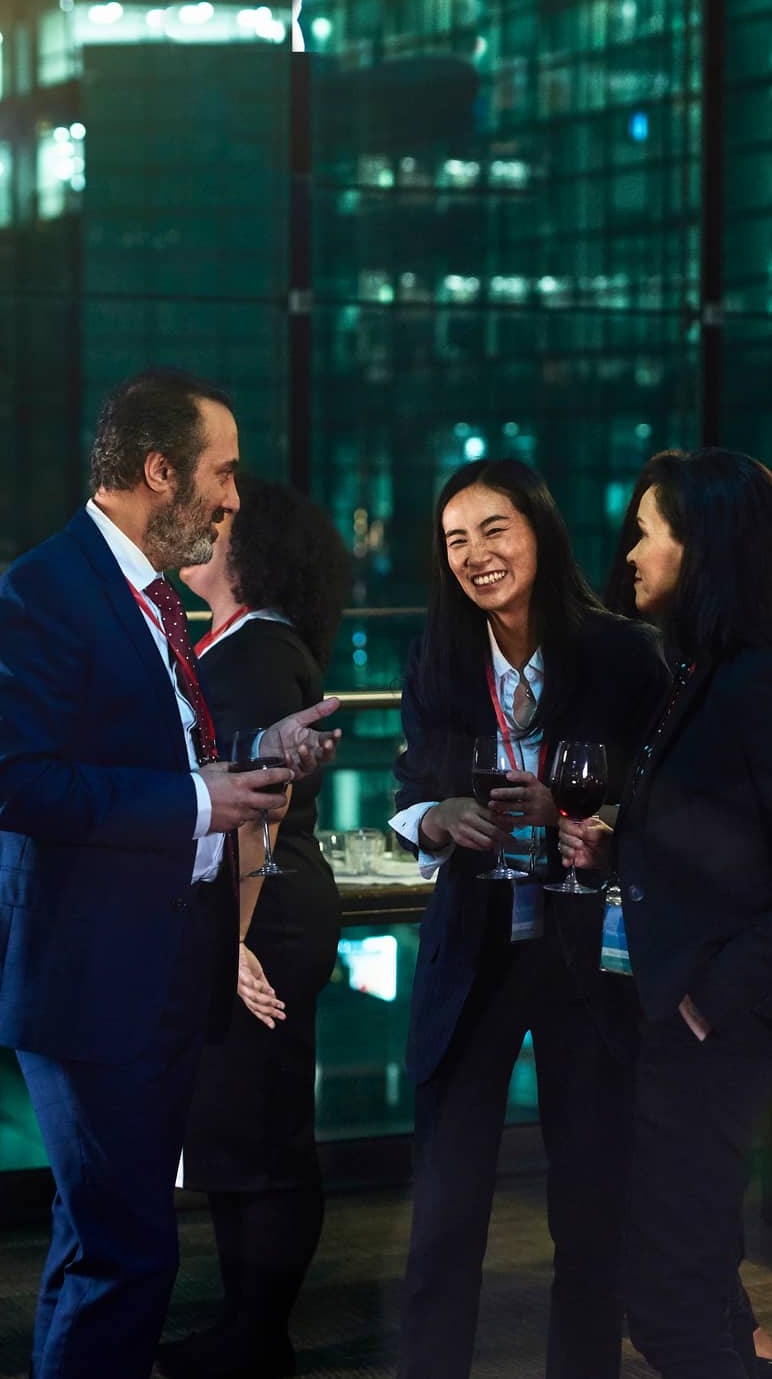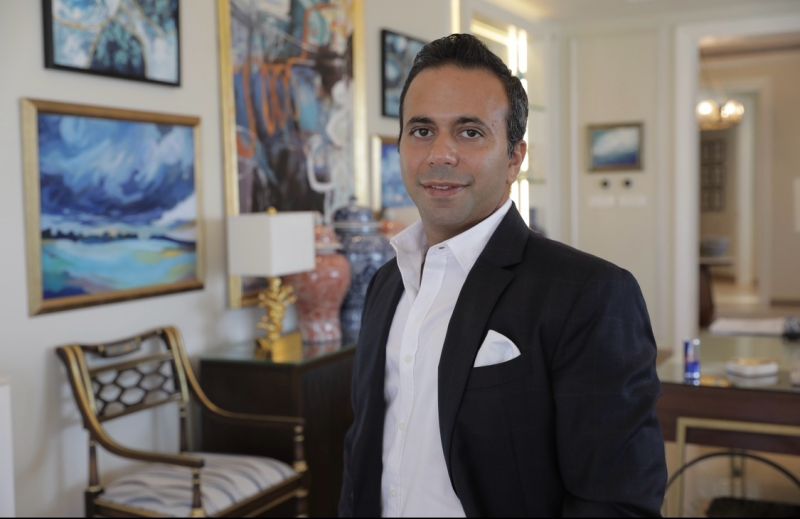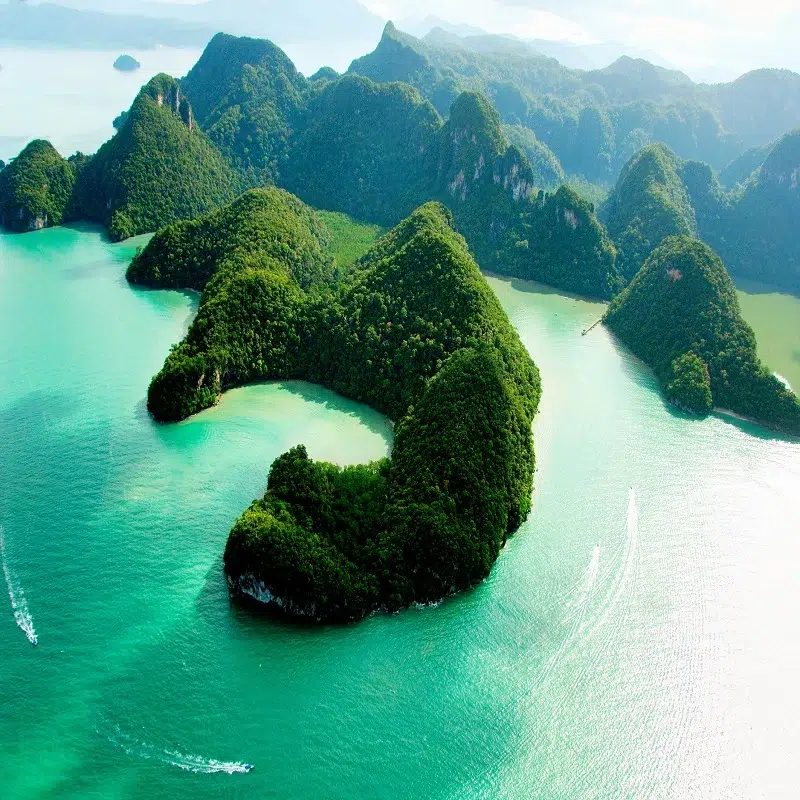Yes. It is a bottle containing fermented grape juice, usually with a cork seal and a fancy label stuck on it. But it embodies a much deeper understanding of a country’s culture, geography and its people.
Exploring the world of wines is like raising the sails of a boat, steering you on a perpetual quest through different regions of the world to learn, experience, and taste. It is the stories from those voyages that make wine so compelling and personal—be it when you are sober or when you are tipsy. Here is mine:
My wine journey
Like most other students at Les Roches, I arrived on campus with a big luggage filled with clothes for virtually any weather, a backpack stuffed with too many crumpled brochures of the school, and a black hoodie wrapped around my shoulders that probably carried specks of dust from home. With a mixture of exhaustion and exhilaration, I checked in, took my ID photo, and got the keys to my dorm. I did not know what to expect, but all I could see when I looked out was the sun setting on these majestic Swiss Alps textured with wooden chalets, yet all I heard was a heterogeneous mix of accented English. That was when I started to comprehend what they meant by “90 countries are represented in the student body” on the Les Roches brochures.
What is even more interesting is that apparently, you get to drink in class. Ms. Fornage called it “wine tastings” during our practical rotation at Tacot Restaurant. I remember vividly the time when she said that the glass of Sauvignon Blanc in front of us smelled like a cat’s pee. “Really,” I wanted to ask her, “You smelled cat’s pee before?”
But it turned out to be the beginning of a magical journey.
Training the senses
I started sniffing everything that I could get my nose on carton boxes, bananas with and without the peel, and even salt. No, I never actually got around to smelling cats pee! To test our senses, my roommate and I decided to buy a bottle of St. Emilion from the local supermarket to see what the hype about Bordeaux wine was all about. We liked it. It smelled like soil, clay, wet forest floor, but we wanted to see how it was better with age, so we put the cork back in and decided to try it later.
One night, we decided to open the bottle to taste its highly anticipated evolution. The first thing that hit our palate was the stringent sourness. It was awful—like vinegar. We spat it out and poured everything down the drain.
My ignorance propelled me to take my wine studies more seriously and I went on to complete WSET level 2 and 3 during my internship. Upon returning to Bluche, I realized that there was a newly started Wine Club, so I quickly grasped this opportunity to nurture my interest and enjoyed Alex’s lectures which were interactive yet informational. He always liked to add a practical element, which was a great way to learn about wines in hospitality, and also to get to know people who share the same passion. The only problem was that meeting once a week was not enough, so I decided to buy bottles back home to study and further my knowledge.
And I discovered Europe’s best-kept secret
The difficulty, however, was that we are situated in one of the largest wine-producing regions in the country, so apart from going to supermarkets Migros, Coop, and Manor, it was quite difficult to source wines from other cantons, let alone other countries. Initially, I was also reluctant to try Swiss wines as they had a negative stigma attached to them—light and tasteless, not well made, and too expensive for what they are. However, Patrick from Tirebouchon changed my mind completely with two recommendations: An Adrian & Diego Mathier Pinot Noir from Salquenen and a Cave de Madeleine Amigne from Vétroz.
I was so pleasantly surprised that I started to question myself: Did I have bad taste in wines? Or is this good? My curiosity exhorted me to go find out more about Swiss wines and, soon I found myself buying bottle after bottle to taste—so many that my housekeeper thought I was an alcoholic. I stayed up late to read and about the different Swiss wine regions, grape varieties, and “terroirs”. Trust me, Google Translate helped a lot, since most resources were in French.
I seized every opportunity to talk to producers and wine professionals at Caves Ouvertes, wine stores, and restaurants. I loved driving around Switzerland because you could see the differences in soil, slopes, and surroundings of each region—Sierre, Vétroz, Chamoson, Fully, Dézaley, St. Saphorin, Calamin… I was, and still am, completely immersed in Swiss wines. It is a country filled with treasures if you are willing to explore, which is why I personally believe Swiss wines to be Europe’s best-kept secret.
Watches, chocolates, banks, and fondue are probably the first things that come to mind when we think of Switzerland, but less than 2% of Swiss wines are exported, which means when you leave the country after your studies, you will likely never taste them again. Plus, isn’t a Swiss wine that reflects where you studied so much more interesting than that commercial Bordeaux to put on the wine list of the hotel you plan to own or work for?
The WOWexpo
This discovery gave birth to WOWexpo. I wanted to condense this learning experience on May 14th at Les Roches to showcase the quality and diversity of Swiss wines. The event is comprised of three parts: a wine exposition featuring close to 30 of the country’s top producers, compelling workshops by world-class speakers and a Coravin Wine race with exciting prizes to win that incorporates fun trivia and riddles.
For me, wine is so much more than a beverage: It is a tool that brings people together, it is about being adventurous and trying things you wouldn’t otherwise try. This is exactly what Les Roches is all about—exploring and finding your passions in the world of hospitality and live life with a yearning to explore and learn.
I just hope that WOWexpo represents the same. See you on May 14th!
Jefferson Liu
Wine Club Co-President
Founder & Head of WOWexpo



